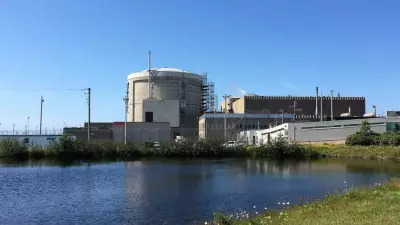
The Canadian government is making significant moves to bring high-speed rail to one of the country's most densely populated regions. In a major announcement within the recent federal budget, Ottawa has committed to introducing legislation that would accelerate the ambitious ALTO high-speed rail project connecting Quebec City to Windsor.
What the ALTO Project Means for Canadian Travel
The proposed ALTO (Advanced Low-downtime Train Operations) system represents a transformative vision for intercity travel in Southern Ontario and Quebec. This state-of-the-art rail network would connect major urban centers including Quebec City, Montreal, Ottawa, Toronto, and Windsor with trains capable of reaching speeds that could dramatically reduce travel times.
Budget Commitments Signal Serious Intent
The inclusion of this initiative in the federal budget demonstrates the government's serious commitment to moving beyond planning stages into actual implementation. While specific details about the legislation remain forthcoming, the budget document clearly states the intention to "create the legislative framework to advance planning and development of the ALTO high-frequency rail project."
This legislative approach marks a significant shift from previous discussions, indicating that the government is preparing the necessary legal foundation to make this massive infrastructure project a reality.
Potential Benefits for Canadian Commuters and Economy
- Reduced travel times between major cities could make rail competitive with air travel for many routes
- Environmental advantages as high-speed rail typically produces lower emissions per passenger than cars or planes
- Economic stimulation through job creation during construction and operation phases
- Reduced congestion on highways and at airports in the busy corridor
- Enhanced connectivity between business centers and urban communities
The Road Ahead for High-Speed Rail in Canada
While the legislative promise represents important progress, significant challenges remain. The project will require substantial investment, complex coordination between multiple levels of government, and careful environmental assessment. The ALTO project would also need to navigate existing rail corridors and potentially acquire new rights-of-way.
This development comes as Canada continues to lag behind other developed nations in high-speed rail infrastructure. Countries like Japan, France, and China have operated extensive high-speed networks for decades, while similar projects are advancing in the United States.
The federal government's commitment suggests that Canada may finally be ready to join the high-speed rail revolution, potentially transforming how Canadians travel between some of the nation's most important economic centers.





